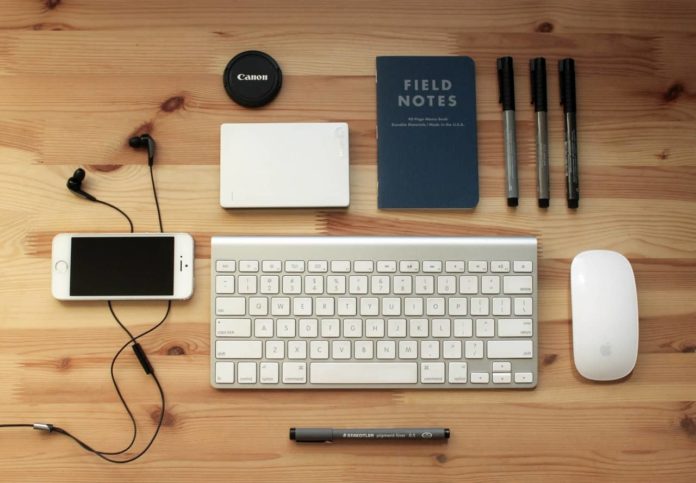Never has there been a more important time for educators to make sure that education tools are accessible for all students. With the pandemic resulting in the closure of learning facilities all over the world, the education landscape has been changed forever. Education centers have had to adapt quickly to our new way of life and must continue to evolve as new technologies are developed.
So, how can educators adapt to these changes? And what is the most practical way to design education tools that are accessible to all users?
Table of Contents
Individual differences
Different students learn in different ways so it’s vital to consider this when creating accessible education tools.
Some pupils are visual learners, so they will respond to spatial images better than audio lectures; others use a more logical or mathematical approach when learning. Some people are auditory learners and absorb more information through listening; whilst some students thrive better within a social education setting or a more solitary one.
These are just a few examples but it’s important when creating accessible education to familiarise yourself with the different types of learning personalities in order to implement a system that caters to all.
Online learning
Rapid technological advancements have inevitably seen an increase in the use of online methods to facilitate learning. Educational tools should therefore be available to access on the web to provide students with the most up-to-date and convenient way to access information.
Phones once considered a distraction in the classroom, can now be utilized to encourage students to download certain apps that will help them with their learning. One app which many parents will be familiar with within the wake of the pandemic is Google Classroom, which is a free service designed to help students and teachers alike.
There is a wide variety of online educational tools that can be used by teachers to enhance accessible learning. Edomo, a social networking educational platform, has over 34 million users. Another popular online learning strategy is Socrative, which helps tutors gather their students’ results in order to personalize their lessons for them.
Virtual classrooms
Of course, covid 19 has had a massive impact on learning institutions such as schools, colleges, and universities. Lockdowns have changed the way in which education is delivered, seeing a rise in home-schooling and, subsequently, the use of online education methods.
However, the increase in technology and digital learning had already given rise to virtual classrooms before the pandemic even hit. Many educators use a blended classroom method incorporating face-to-face tuition and online facilitated learning.
A joint study between the industry analyst Fosway Group and news website Barco found an increase in the use of virtual classrooms since the start of the pandemic. The research also reported that up to 97% of companies have now adopted virtual classrooms to support their learning and development, with more than half hailing it as their most successful learning platform.
Assistive technology
Assistive technologies are designed to help students with additional support needs and are crucial to consider when creating accessible education.
Such methods of digital assistive technology include text-to-speech (TTS) programs for students who are visually impaired, frequency modulation (FM) systems to support pupils on the autism spectrum, and sign language translation or subtitling for students who have hearing impairments.
When creating a learning experience that’s inclusive and accessible, it’s a good idea to consult access services that can help with delivering an assisted technology that’s relevant to the learner’s needs. Such services can provide specialist expert advice and materials to help educators provide the best, most accessible learning program.
Take away
Whether you are providing a learning experience to young school pupils, adults at college, or children with special needs, it’s vitally important that educators consider individual needs, as well as look to current technologies when creating an accessible education tool.














